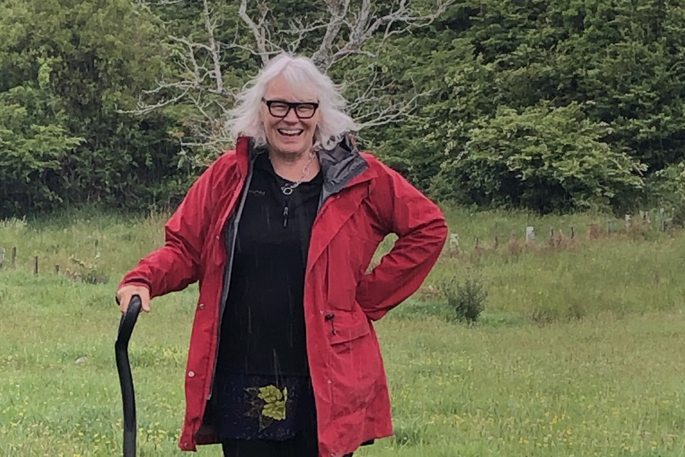Looking to the future of Maori in Horticulture, it is important to reflect on where we have come from.
Prior to colonisation, Maori had a diet of seafood, birds, fern roots and cultivated imported crops. These crops, such as kumara, taro, bottle gourd and yam were brought to Aotearoa from around the Pacific.
Maori were forced to adapt their growing and storing of these tropical crops to the cooler climate. The stone fields at Ihumatao are an example of these modifications, using rock to build boundary walls, terraces, windbreaks and drainage systems.
The addition of gravel to soil was also common to create a warmer environment for growing vegetables.
People-focussed success
Today we see multiple examples of Maori innovation in horticulture.
With a long list of the top performers within the kiwifruit industry, Maori Trusts across New Zealand are realising the potential of land use in horticulture.
As a result, many Marae and iwi are adding a horticultural strategy to their plans, strategy that is beneficial for their people – all else is secondary.
That strategic vision ensures Maori nurture and grow their investment to protect their people, their land and the environment.
The Horticulture industry in New Zealand is thriving, producing some of the world’s best produce and is the third largest exporter in the country.
By 2027, the expected revenue of the industry is expected to increase significantly by which time an extra 7000 seasonal workers (in comparison to 2017) will be required.
This has created the need for an educated, highly skilled, tech-savvy workforce with management and people skills.
Fruition Horticulture believes achieving learner success is central to New Zealand’s social, cultural and economic success.
Changing the narrative
Systemic changes to New Zealand’s education frameworks are laying the foundation for higher levels of participation and achievement for Maori learners.
Currently only half of Maori students who gain NCEA 3 also gain UE compared to 81 per cent for non-Maori/non-Pasifika students.
If our education system collectively fosters Maori learner aspirations and identifies best practice, Maori high achievement will become the expected norm.
The Industry recognised the need to diversify its approach to attract Maori to the very real opportunities available for a future in Horticulture.
Programs such as the Targeted Training and Apprenticeship Fund and Fees Free are available to financial support learners into a career in the industry. For those already in the industry and looking to upskill or advance, there is the Fruition Diploma in Horticulture Production (Process Improvement) Level 6.
By being creative about introducing and highlighting different aspects of the Horticulture industry we will be able to expose opportunities that learners, specifically Maori, had never considered or even been aware of.



0 Comments
Leave a Comment